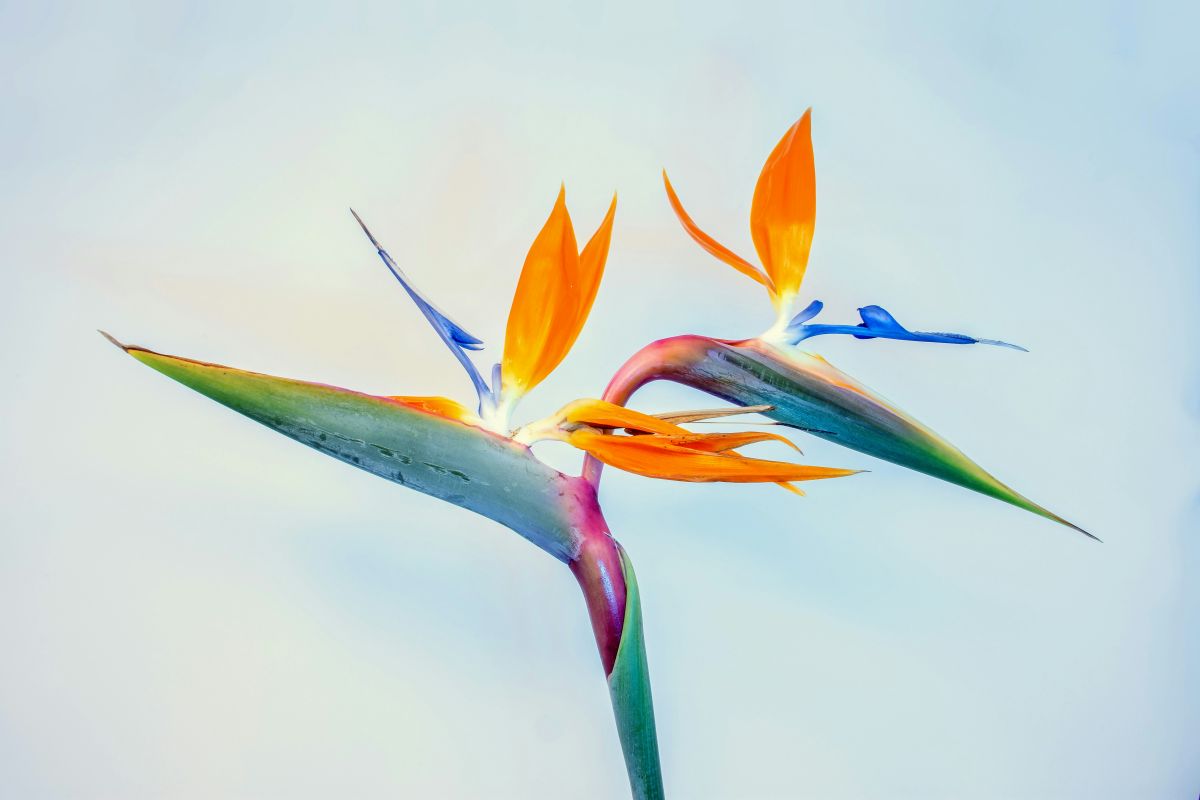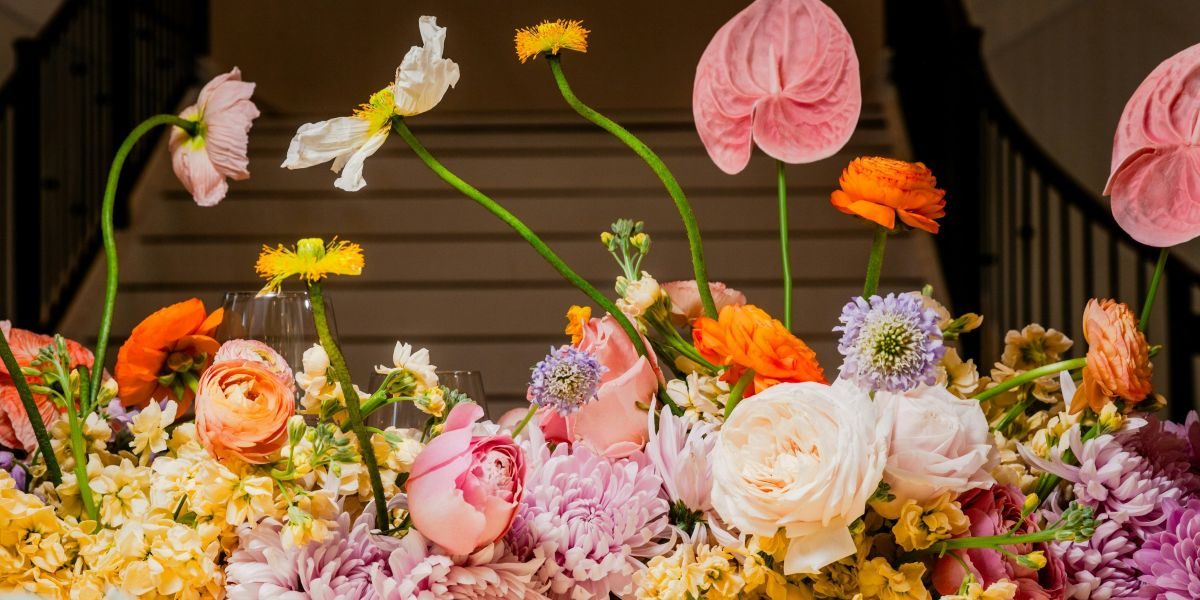By: M. Awais
From the frost-kissed tundras of Alaska to the sun-drenched coasts of Southern California, the United States blooms with a botanical identity as diverse as its landscapes. Each state has chosen an official flower, not just as a symbol of beauty, but as a reflection of regional pride, history, and ecology. These floral emblems do more than decorate state seals — they shape local tastes, influence seasonal trends, and often guide the rhythm of the nation’s flower shops.
Take the Alaskan harebell, delicate and blue, thriving in rocky alpine zones, or the bold California poppy, a fiery orange carpet that blankets hillsides each spring. These aren’t just state symbols — they’re living parts of cultural identity, often reappearing in bouquets, public gardens, and even wedding themes.
In the South, the camellia reigns in North Carolina, where it has long been associated with grace and endurance. Its waxy petals and evergreen leaves make it a favorite in winter arrangements, especially during holiday seasons when floral life is otherwise scarce. In Louisiana, the magnolia blossom dominates both gardens and floral design, its large, fragrant white blooms symbolizing Southern hospitality. It’s not unusual for florists in New Orleans to receive increased requests for magnolia during spring — often hand-delivered to garden parties and debutante balls.
Meanwhile, in the Midwest, the violet — state flower of Illinois, Rhode Island, and several others — may seem unassuming, but its subtle charm translates into quiet demand. Florists in Chicago and Indianapolis often incorporate violets into bridal bouquets for their nostalgic appeal and soft hue, a nod to tradition in an otherwise modern arrangement.
These regional affinities don’t just reflect sentiment — they can influence commerce. A florist in Austin knows that bluebonnets, though protected by law from mass picking, still tend to inspire demand for blue-toned wildflower arrangements. In Hawaii, the yellow hibiscus (Pua Aloalo) appears in leis for graduations and celebrations, its presence often viewed as a cultural necessity rather than a decorative choice.
But no city embodies the fusion of floral tradition and contemporary demand quite like Los Angeles.
The Bloom of LA: Where Global Tastes Meet Local Flair
In Los Angeles, the floral scene pulses with the same energy as its film and fashion industries. The city has no official flower, but unofficially, two blooms dominate: the rose and the bird of paradise (Strelitzia reginae). The latter, with its striking orange and blue petals resembling a tropical bird in flight, has become widely recognized with Southern California’s bold, exotic aesthetic.
Drive through neighborhoods like Beverly Hills or Venice, and you’ll see bird of paradise growing in nearly every well-kept garden. Its resilience in dry climates and dramatic visual impact make it a popular choice among landscape designers — and by extension, florists who craft event arrangements.
Yet, LA’s floral identity is anything but monolithic. The city’s cultural diversity means that flower delivery requests span continents. A flower shop in Koreatown might receive an order for chrysanthemums arranged in a traditional Korean style, while one in East LA prepares marigolds for an ofrenda during Día de los Muertos. In Armenian enclaves, red carnations — a symbol of national pride — are frequently requested for memorial events.
This cultural mosaic shapes the local market. Unlike cities where one or two flowers dominate, Los Angeles florists must be fluent in a global floral language. They stock ranunculus from local farms in Carpinteria, peonies flown in from the Pacific Northwest, and orchids from Colombia — all in a single week.

The Business of Blooms: How Tradition Shapes Demand
In LA, the story is similar but amplified by celebrity culture and the entertainment industry. High-profile events — from red carpet premieres to influencer weddings — often feature custom floral installations that blend native species with exotic imports. A single wedding in Malibu might include bird of paradise, succulents, and imported anemones, all arranged to reflect a “California natural” aesthetic.
This demand has led to the rise of a new generation of florists who are part gardeners, part artists, and part entrepreneurs. Many operate direct-to-consumer flower delivery services, offering everything from inexpensive weekly bouquets to luxury event installations. Subscription models are gaining popularity, with customers opting for recurring deliveries of seasonal blooms.
Finding the Best in a Crowded Market
With hundreds of flower shops in the LA area, competition is fierce. Consumers don’t just want beauty — they want speed, sustainability, and personalization. The best florists differentiate themselves through quality, creativity, and reliability. Some focus on farm-to-vase models, sourcing from local growers in Oxnard or Santa Barbara. Others emphasize eco-friendly packaging or same-day delivery.
Price is also a factor. While luxury arrangements can be priced in the hundreds of dollars, there’s a notable market for inexpensive yet stylish options — especially among young professionals and students. Many flower delivery services now offer tiered pricing, allowing customers to choose based on budget without sacrificing aesthetic appeal.
Technology plays a key role. Apps and websites make it easy to send flowers across the city with just a few taps. Same-day flower delivery Los Angeles is becoming standard, with many shops making efforts to ensure delivery within hours.
A Living Tapestry of Petals and Identity
Flowers in America are more than decoration — they are storytellers. The camellia speaks of Southern refinement, the poppy of California’s wild spirit, and the bird of paradise of a city that thrives on boldness and reinvention. From state capitols to city sidewalks, these blooms shape how we celebrate, mourn, and connect.
In Los Angeles, where cultures converge and trends are born, the floral landscape is constantly evolving. Yet, at its heart, it remains rooted in place — in the dry soil that nurtures succulents, in the coastal air that carries the scent of jasmine, and in the hands of florists who turn petals into poetry. Whether it’s a simple bouquet or a grand installation, every order tells a story — of love, memory, and the enduring power of a single bloom.
And in a city that never stops moving, the quiet beauty of a delivered flower remains one of the most human gestures of all.

















